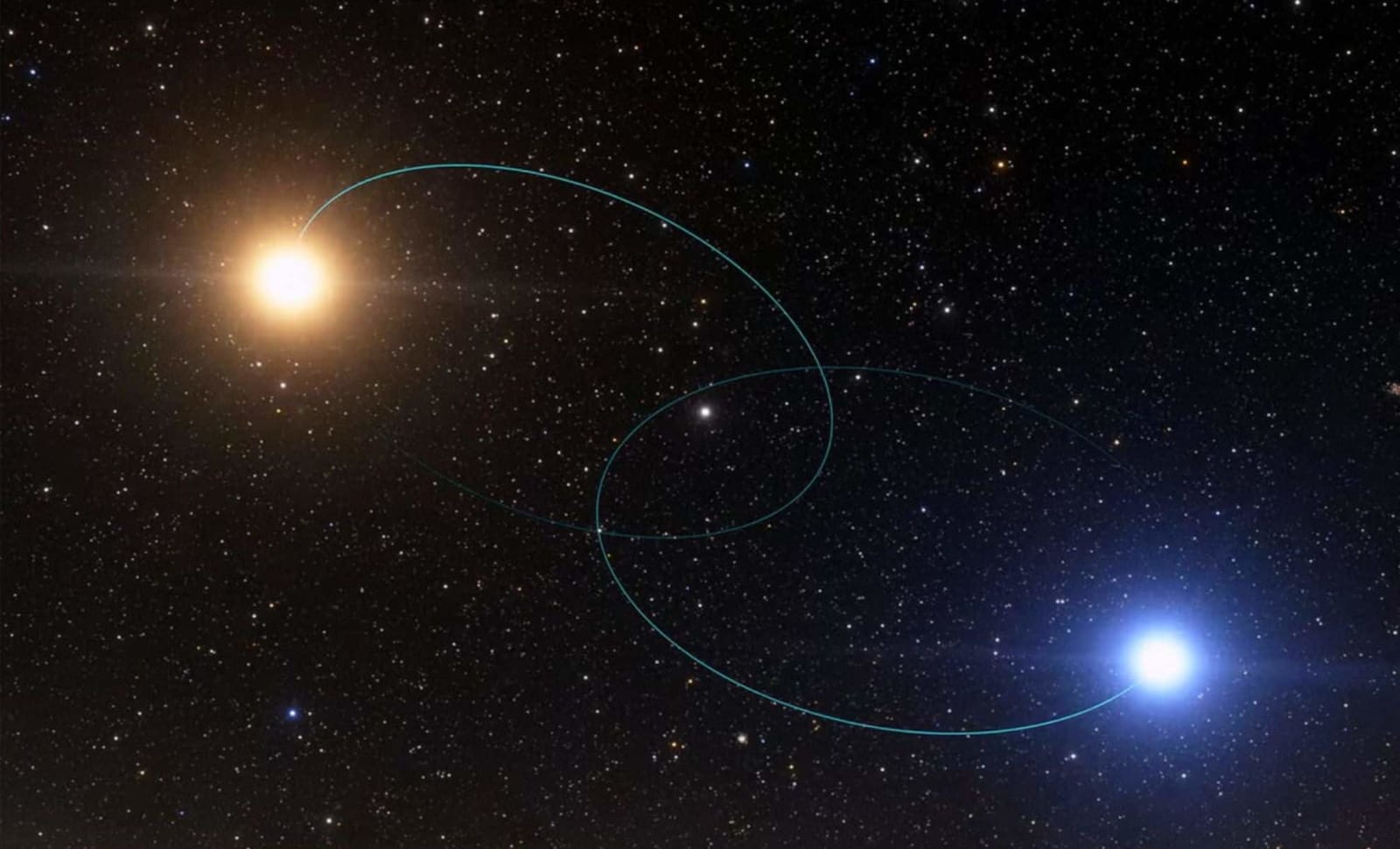Astronomers Baffled: Secrets Unveiled in Revisited Twin Star Systems

A recently released study featured in The Astrophysical Journal Letters explores how binary star systems —a pair of stars born together revolving around one another—can act as natural laboratories for comprehension planet formation The study, headed by astronomers from Yale University, pinpoints an exclusive arrangement of these binary stars which could enable scientists to locate and contrast them. planets orbiting twin stars shoulder to shoulder for the first time.
Discovering Aligned Binary Stars
Binary stars are common in the galaxy, but not all provide ideal conditions for planet detection and comparison. The study focuses on a special subset of binary systems Where the two stars along with their planets circle within the same geometric plane, referred to as "edge-on."
This exact positioning means that from Earth Astronomers view the stars' orbits and wobbles directly, which simplifies detecting planets via minor alterations in the stars' movements.
Earlier research conducted by the team revealed an surprisingly high quantity of these precisely aligned binary systems. This alignment aids in stabilization, not just for the structures involved but potentially more broadly as well. planetary orbits —potentially creating environments where life could thrive—but also boosts the signals astronomers rely on to spot new worlds.
A Guide to Locate and Contrast Worlds Orbiting Double Suns
Utilising information from the European Space Agency’s Gaia DR3 catalog , the researchers identified nearly 600 nearby edge-on binary systems . They analyzed the stars’ orbits and simulated where planets might be hiding around each star in these systems.
This method provides astronomers with a fresh technique for searching for planets. twin star Systems featuring an integrated control mechanism: Since both stars formed together , their planetary systems can be compared directly. It’s akin to how scientists examine human twins to distinguish between genetic and environmental effects.
Can Double Stars Unveil Clues About Extraterrestrial Life?
The capability to perform " apples-to-apples Comparing planets within binary star systems could illuminate whether. planet formation follows predictable, structured patterns or if it appears more chaotic and varied. The paired twin stars serve as natural observatories to examine theories about planet formation, evolution, and the possible development of conditions suitable for life.
Moreover, the stability provided by the companion star’s gravitational influence might prevent extreme climate swings on orbiting planets, a factor that could be crucial for habitability.
A Promising New Pathway for Discovering Exoplanets
This study’s predictions and framework offer astronomers a clear target list of binary systems where planets are easier to find and compare. “We outline how this could, for the first time, be used to conduct comparative studies of planet formation where we have a control sample —that is, a secondary planetary system formed alongside the primary planetary system," noted Malena Rice, an assistant professor of astronomy at Yale’s Faculty of Arts and Sciences and the senior author of the study.
Backed by the Dorrit Hoffleit Undergraduate Research Scholarship and the Heising-Simons Foundation, this research paves the way for upcoming telescopes and exoplanet missions to concentrate on these aligned binary star systems, possibly revolutionizing our understanding of the diversity of other planets.
Enjoyed this article? Sign up for our complimentary e-newsletter For captivating tales, special material, and up-to-date information.
To stay updated with similar stories, check out .
Post a Comment for "Astronomers Baffled: Secrets Unveiled in Revisited Twin Star Systems"